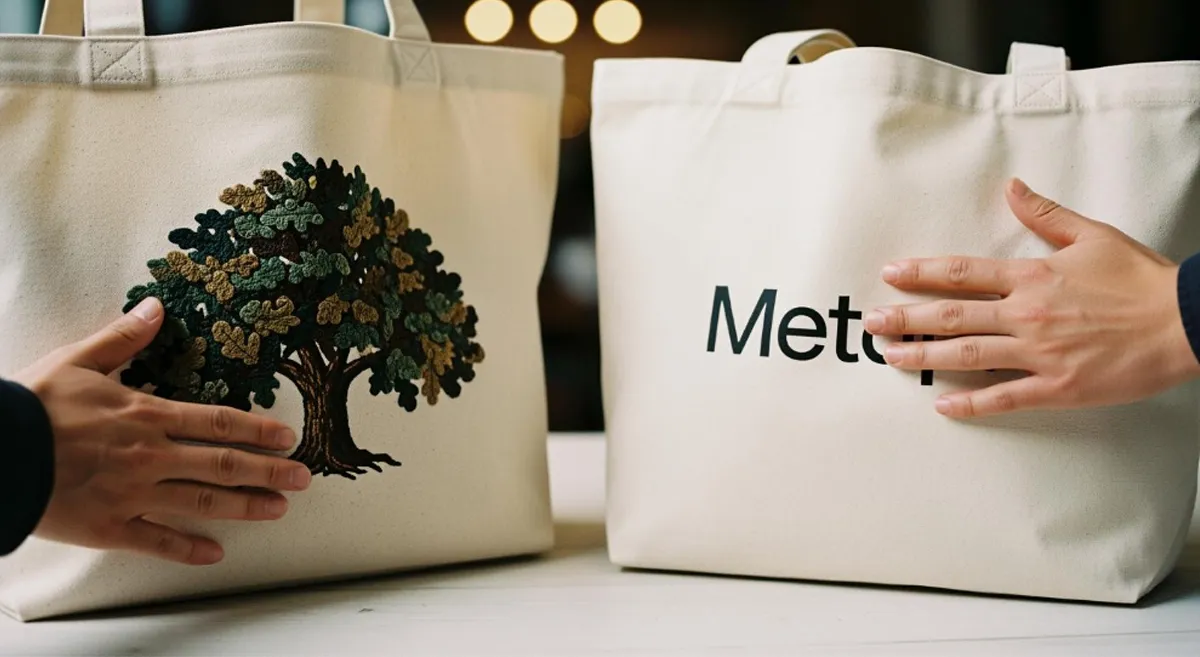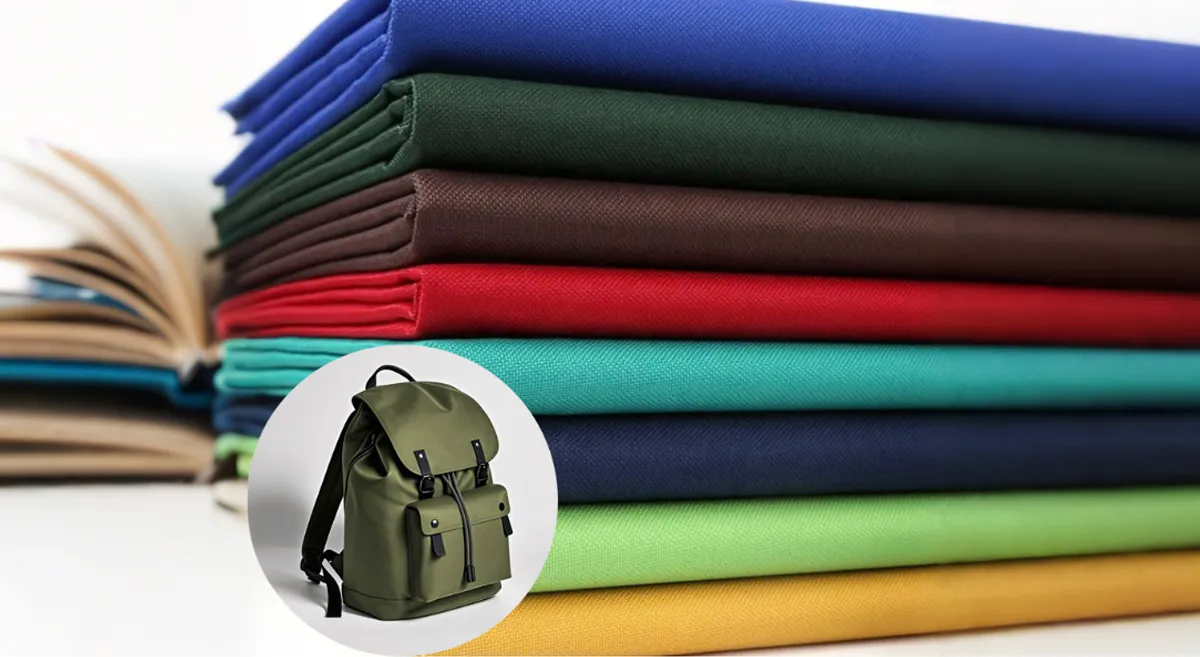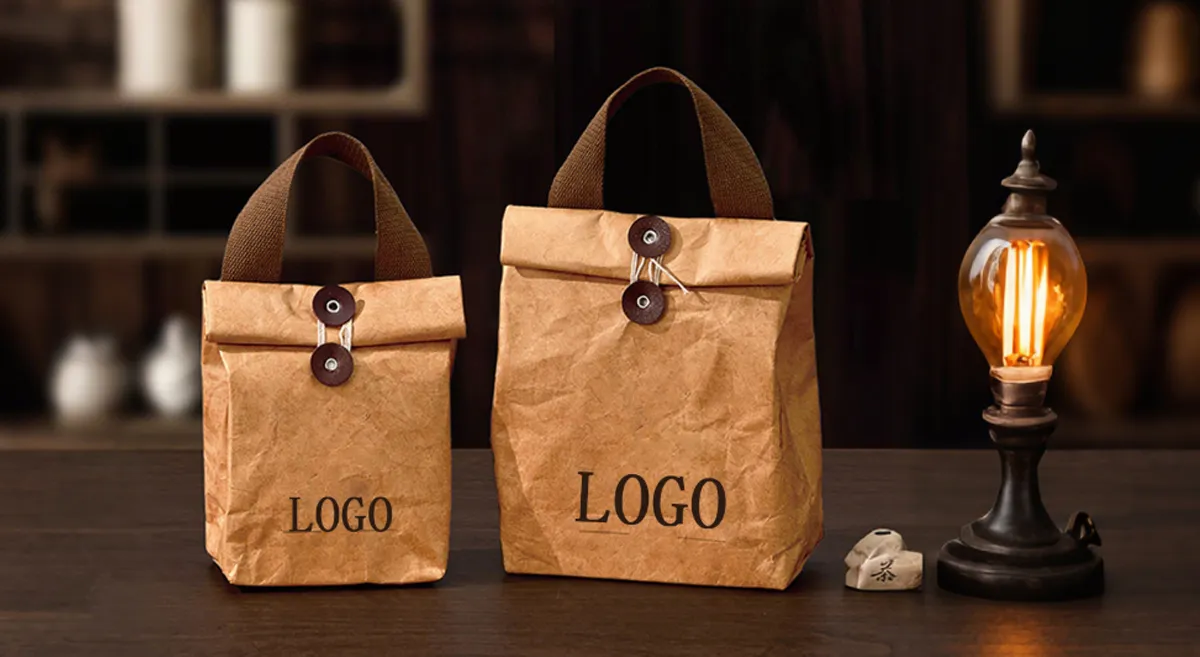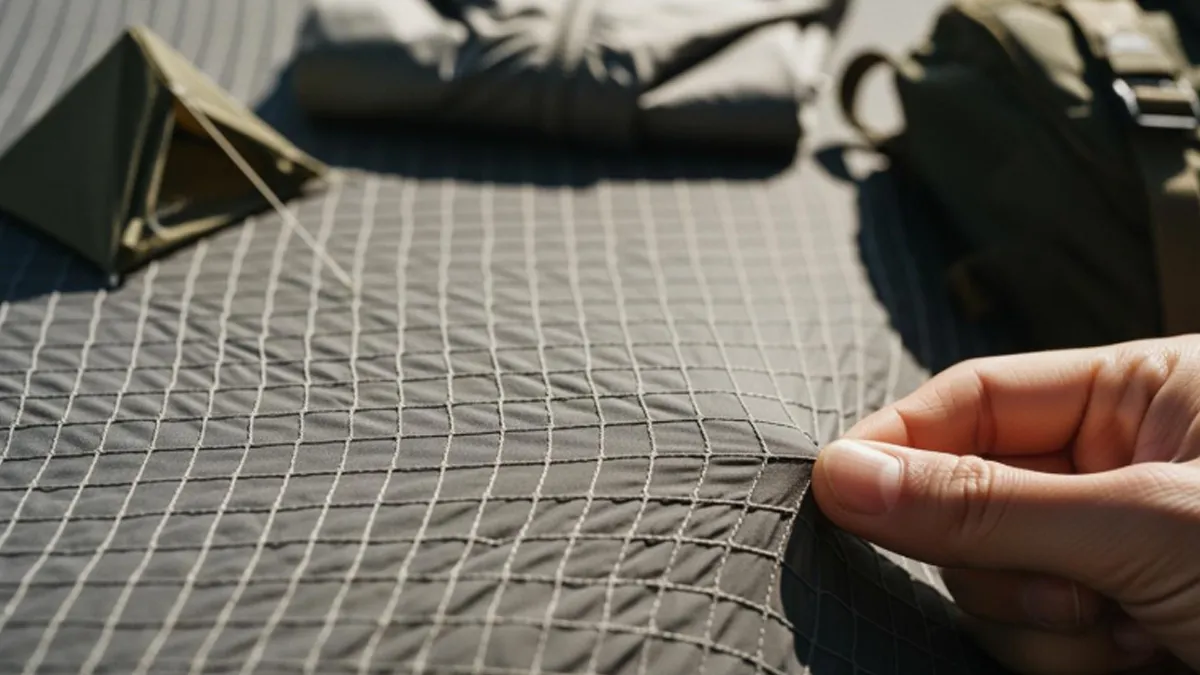
You may ask what is ripstop nylon fabric. Ripstop nylon is special because it does not tear easily. It also feels very light. The way it is woven makes it strong. You can use it for tough jobs. Ripstop is used in uniforms that protect people. It is also used in camping gear and medical vests. Ripstop is strong and comes in many colors. People like it for outdoor clothes, tactical vests, and bags.
| Application Type | Description |
|---|---|
| Military Applications | Uniforms that protect, tactical vests, and equipment bags |
| Medical Applications | Strong medical vests and pouches |
| Outdoor Gear | Camping gear like tents and hammocks |
Key Takeaways
- Ripstop nylon is very strong and light. It works well for outdoor gear like tents and backpacks.
- The special grid pattern in ripstop fabric stops small tears from getting bigger. This makes the fabric last longer.
- Ripstop nylon keeps water out. It often has coatings that help you stay dry when it rains.
- This fabric blocks UV rays. It helps gear last longer and keeps people safe from the sun.
- Ripstop nylon can be used for many things. It is found in military uniforms, medical gear, and outdoor equipment.
- The fabric is simple to clean and take care of. It stays in good shape for a long time.
- Some eco-friendly choices use recycled materials. These options help protect the environment.
- Ripstop nylon is a good pick for anyone who needs gear that is strong, light, and dependable.
What Is Ripstop Nylon Fabric
Ripstop Fabric Definition
Ripstop nylon fabric is different from other materials. It is made with a special weaving method. This makes the fabric very strong. If you look closely, you will see a grid pattern. The grid comes from thicker threads woven in at regular spots. These threads help stop small tears from getting bigger. That is why it is called “ripstop.”
Ripstop nylon is not like other synthetic fabrics. It has some big differences. Here is a table that shows how it compares:
| Feature | Ripstop Nylon | Other Fabrics |
|---|---|---|
| Strength | High due to ripstop weave | Varies, generally lower |
| Moisture Resistance | Absorbs less moisture, dries fast | Often retains moisture |
| UV Protection | Built-in UV resistance | Limited or no UV protection |
| Wind Resistance | Good in certain designs | Varies, often less effective |
| Tear Resistance | Exceptional due to special weave | Generally lower than nylon |
Ripstop nylon is tough. It dries quickly and protects you from the sun. Many people use ripstop for outdoor adventures and hard jobs.
Ripstop Technology Overview
Ripstop nylon fabric is special because of how it is made. The weaving technique uses thicker, stronger threads in a grid. This design helps the fabric resist tears.
Here is what ripstop technology does:
- Thicker threads are woven in a grid pattern.
- The grid makes the fabric stronger and stops tears from spreading.
- If you poke a hole, the tear will not get bigger because the strong threads block it.
Ripstop nylon fabric was first made for military parachutes in World War II. People needed fabric that would not rip easily. Later, ripstop was used in uniforms, outdoor gear, and sportswear. The weaving creates a grid pattern you can see and feel.
Ripstop nylon fabric is strong, light, and smartly designed. It gives you peace of mind because it lasts under pressure. You can use it for hiking jackets or camping tents. Ripstop fabric helps keep you safe.
Ripstop Nylon Composition
Nylon Fibers
Ripstop nylon uses strong nylon fibers. Nylon is a man-made material. It feels smooth and light. Nylon does not wear out easily. Many products use nylon because it lasts long. Ripstop fabric uses nylon threads to make it strong but still light.
- Ripstop nylon fabric uses only nylon threads.
- Nylon fibers help the fabric stay tough and bend easily.
- The fabric can handle rough use and feels comfortable.
Types Of Nylon
Ripstop can use different types of nylon. Some nylon fibers are thick. Some are thin and soft. The type of nylon changes how ripstop feels and works. Some ripstop fabric feels stiff. Others feel soft and bendy. Makers pick the nylon type for what you need, like a tent or a jacket.
Fiber Blends
Ripstop sometimes mixes nylon with other fibers. These blends change how the fabric works. Here is a table that shows common fiber blends and their uses:
| Fiber Blend | Description and Uses |
|---|---|
| Nylon | Light, tough, used in jackets, tents, and backpacks. |
| Polyester | Blocks sun, used in awnings, tarps, and covers. |
| 100% Cotton | Soft and airy, good for work clothes and uniforms. |
| Cotton-Polyester Blends | Mixes comfort and strength, used in tactical clothes. |
| Cotton-Nylon Blends | Used in strong work uniforms. |
| Stretch Cotton-Polyester Blends | Bends easily, good for work clothes that need to stretch. |
You can choose a ripstop blend for what you need. Nylon is best if you want something strong. Cotton blends are good if you want comfort.
Ripstop Weave Structure
Ripstop gets its name from how it is woven. The weave makes the fabric strong and helps stop tears.
Square Pattern
Ripstop has a square pattern. Extra threads make this pattern in the fabric. The squares are easy to see. They give ripstop its special look and help stop tears from spreading.
Reinforcement Threads
Ripstop uses strong threads to make it tougher. These threads run through the fabric in a set way. You see a checkered pattern that makes it strong and hard to tear. Plain weave uses a simple over-under method. Ripstop weave adds strong threads to protect the fabric.
- Ripstop weave has extra threads woven in a pattern, making squares.
- This makes the fabric stronger and harder to tear.
- Plain weave uses a simple over-under way with warp and weft threads.
Ripstop nylon is special because of its smart design. The fabric lasts longer and keeps you safe when you do tough things.
Ripstop Nylon Manufacturing
Weaving Process
Ripstop nylon starts with a smart weaving process. You see two main types of threads in the fabric: body threads and reinforcement threads. The body threads make up most of the material, while the reinforcement threads add extra strength. You get a fabric that feels light but stays tough.
Warp And Weft Threads
You might wonder how ripstop gets its grid pattern. The answer lies in the warp and weft threads. Warp threads run up and down, while weft threads go side to side. When you weave ripstop nylon, you use a special method. You add thicker reinforcement threads at regular intervals, both horizontally and vertically. This creates a strong structure that stops tears from spreading.
Here’s how the weaving process works:
- You start with nylon fibers.
- You weave them in a crosshatch pattern.
- You add thicker threads at set points to form a grid.
- The grid blocks holes and tears from getting bigger.
This method gives ripstop its famous tear-resistant quality. You can see the squares if you look closely. The fabric feels smooth, but it’s ready for tough jobs.
Crosshatch Pattern
Ripstop uses a crosshatch pattern. You get two distinct planes in the fabric: horizontal and vertical. The thicker threads run through both planes, making a checkered look. This pattern is not just for style. It’s the secret to why ripstop nylon lasts so long. You can trust it for outdoor gear, uniforms, and bags.
Tip: If you want a fabric that resists tearing, always check for the crosshatch pattern in ripstop nylon.
Coating And Finishing
After weaving, ripstop nylon goes through coating and finishing steps. These treatments make the fabric even better for outdoor use and tough conditions.
Water-Repellent Coating
You might ask, how waterproof is ripstop? The answer depends on the coating. Manufacturers often add polyurethane or silicone coatings to ripstop nylon. These coatings make the fabric waterproof and block moisture. You find this in tents, jackets, and backpacks. PU (polyurethane) gives strong waterproofing. PVC adds durability and water resistance. TPU makes the fabric flexible and tough.
| Coating Type | Main Benefit | Common Use |
|---|---|---|
| PU | Waterproofing | Tents, jackets |
| PVC | Durability | Covers, tarps |
| TPU | Flexibility, strength | Sportswear, gear |
You see these coatings in many products. They help answer the question: how waterproof is ripstop? With the right coating, ripstop nylon keeps you dry in rain and snow.
A silicone coating, often called “silnylon,” soaks into the nylon fabric. This makes the fabric waterproof, stronger, and stretchier. You get better tear strength and protection.
Fabric Reinforcement
Ripstop nylon gets extra reinforcement during finishing. You might notice the fabric feels tougher after these steps. The coatings add more than just waterproof qualities. They protect against UV rays and make the fabric easier to pack. You can fold and store ripstop nylon without worrying about damage.
You get a fabric that stands up to sun, rain, and rough use. The finishing process makes ripstop nylon ready for anything. Whether you need a waterproof tent or a sturdy jacket, ripstop delivers.
Ripstop Properties
Tear Resistance
When you pick up ripstop fabric, you notice how tough it feels. The secret is in the grid pattern woven with thicker nylon threads. This design gives the fabric its famous tear-resistance. If you poke a hole in ripstop, the strong threads block the tear from spreading. You get peace of mind knowing your gear will last longer, even in rough conditions.
You might wonder how experts measure the strength of ripstop. They use several laboratory tests to check how much force it takes to tear the fabric. Here are some common tests:
- Tear Resistance Test: Measures the force needed to tear a sample, following ASTM D1004 and ASTM D5587 standards.
- Elmendorf Tear Test: Uses a pendulum tool to see how much force is needed to rip the fabric.
- Grab Test: Also called the trapezoid tear test, checks the force needed to tear rectangular pieces.
- Tongue Tear Test: Designed for fabrics that stretch a lot, this test measures how much power it takes to tear a slit in the material.
These tests show that ripstop nylon stands out for its strength. You can trust it for outdoor gear, uniforms, and bags that need to handle tough jobs.
Durability
Ripstop fabric is famous for its durability. You can use it for years without seeing much wear. The nylon fibers resist abrasion, so your jacket or backpack stays looking new. If you compare ripstop nylon to other lightweight fabrics, you see a big difference in how long it lasts.
Here’s a quick look at how ripstop nylon stacks up against other materials:
| Fabric Type | Abrasion Resistance | Durability | Breathability |
|---|---|---|---|
| Nylon Ripstop | Excellent | Superior | Moderate |
| Polyester Ripstop | Good | Moderate | High |
| Cotton Ripstop | Fair | Low | Excellent |
You get excellent abrasion resistance with nylon ripstop. Polyester ripstop is lighter but not as tough. Cotton ripstop feels soft and breathes well, but it wears out faster. If you want gear that lasts, nylon ripstop is your best choice.
Tip: Choose ripstop nylon for backpacks, jackets, and tents if you need long-lasting strength.
Lightweight
Ripstop fabric gives you a great mix of strength and lightness. You can carry a nylon tent or jacket without feeling weighed down. The special weave keeps the fabric thin but strong. You get gear that packs small and feels light, perfect for hiking or travel.
Nylon ripstop is lighter than many other materials. You can fold it up and store it easily. Even with its lightweight feel, ripstop does not lose strength. You get the best of both worlds: gear that is easy to carry and tough enough for adventure.
Note: If you want to save weight in your backpack, look for products made with ripstop nylon.
You see ripstop fabric in many outdoor products because it offers tear-resistance, durability, and lightweight comfort. You get reliable gear that stands up to the elements and keeps you moving.
Weather Resistance
When you step outside, you want gear that can handle whatever the sky throws at you. Ripstop nylon fabric gives you solid weather resistance, so you stay comfortable and protected. You might wonder how this fabric stands up to rain, wind, and sun. Let’s break it down.
Water Resistance
Ripstop nylon doesn’t soak up water like regular cloth. The tight weave and special coatings help keep moisture out. You’ll see tents, jackets, and backpacks made from ripstop nylon because they keep you dry. Manufacturers often add a polyurethane (PU) or silicone coating. These coatings block water and help the fabric shed rain. If you touch a ripstop tent after a storm, you’ll notice the water beads up and rolls off.
| Feature | Benefit | Example Use |
|---|---|---|
| PU Coating | Waterproof barrier | Rain jackets, tents |
| Silicone Finish | Extra water repellency | Lightweight tarps |
Tip: If you want the best water protection, look for ripstop nylon with a silicone or PU coating. You’ll stay dry even in heavy rain.
Wind Resistance
Ripstop nylon also blocks wind. The fabric’s weave is tight, so cold air can’t sneak through easily. You’ll feel warmer when you wear a ripstop jacket or set up a ripstop tent. The wind won’t cut through your gear, so you can enjoy your adventure without shivering.
- Ripstop weave keeps cold air out.
- Jackets and tents made from ripstop nylon help you stay warm.
- You get better comfort in windy places.
UV Protection
Sunlight can damage some fabrics, but ripstop nylon stands up to UV rays. The nylon fibers and coatings help block the sun. Your gear lasts longer and doesn’t fade as fast. You can use ripstop nylon outdoors for months, and it still looks good.
| Weather Challenge | Ripstop Nylon Response |
|---|---|
| Rain | Water beads and rolls off |
| Wind | Tight weave blocks airflow |
| Sun | UV resistance prevents fading |
Note: If you spend a lot of time outside, ripstop nylon helps protect your skin and your gear from the sun’s harsh rays.
Why Does Weather Resistance Matter?
You want gear that works in every season. Ripstop nylon gives you that. Whether you hike in the rain, camp in the wind, or work under the sun, this fabric keeps you safe and comfortable. You don’t have to worry about your jacket soaking through or your tent ripping apart. Ripstop nylon stands up to the elements, so you can focus on your adventure.
Key Takeaways:
- Ripstop nylon resists water, wind, and sun.
- Special coatings boost weather protection.
- Your gear lasts longer and keeps you comfortable.
If you need reliable outdoor gear, ripstop nylon is a smart choice. You get peace of mind, no matter what the weather brings.
What Is Ripstop Fabric Used For
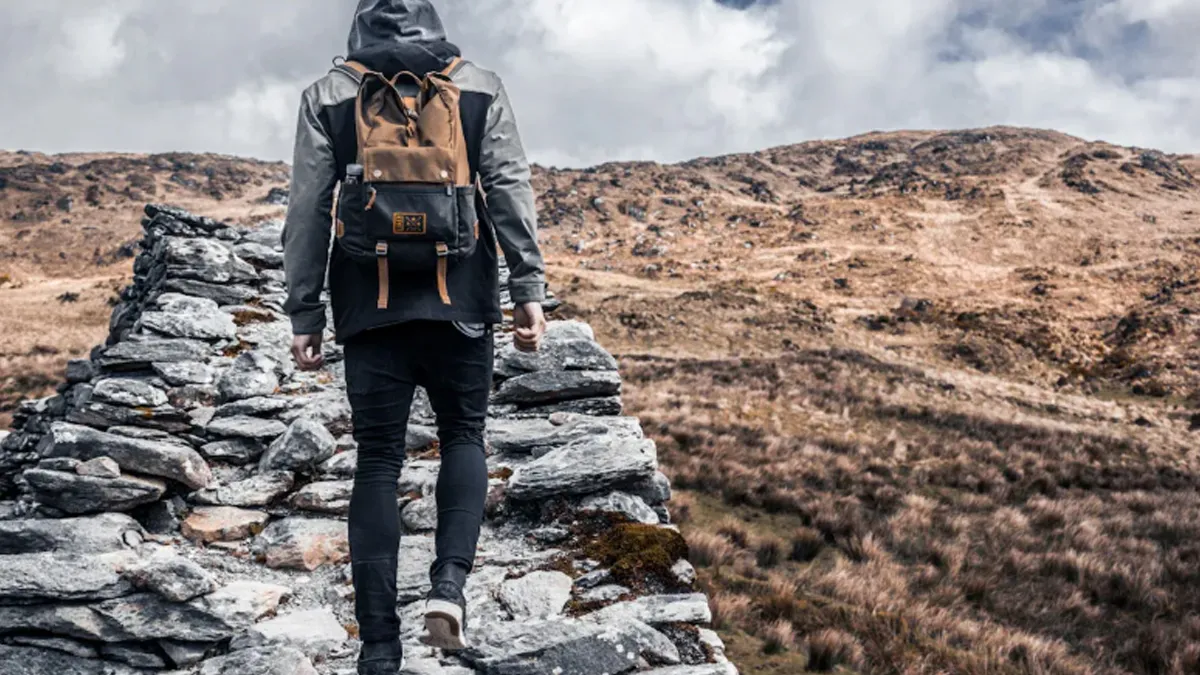
Ripstop fabric is used in many outdoor things. You see it in tents, backpacks, jackets, and military gear. This fabric is tough and light. It works well for adventures and jobs that need strong material.
Outdoor Gear
Ripstop is great for outdoor gear. People want gear that is strong and light. Ripstop gives you both.
Tents
If you go camping, you need a good tent. Ripstop helps tents last longer. It keeps you safe from rain and wind.
Ripstop fabric is used in tents because it is strong and light. It does not tear easily. The fabric can block water and keep you dry. You can carry a ripstop tent without trouble. It is easy to pack and move. You do not worry about rips or heavy weight.
Backpacks
Backpacks need to be strong for rough trails. Ripstop nylon makes backpacks tough and easy to carry. Nylon is known for being strong and light. It does not tear or wear out fast.
- Ripstop nylon has a special pattern of strong threads.
- The fabric is light but still very strong.
- This makes it perfect for backpacks you use outside.
- Strong threads in a crisscross pattern make it hard to tear.
- Nylon is light, so backpacks are not heavy.
- Ripstop nylon is a top pick for backpacks.
You can trust your backpack to last a long time. You do not have to worry about tears or heavy gear.
Clothing
Ripstop is also used in clothes. If you want comfort and protection, ripstop is a good choice.
Jackets
Jackets made with ripstop nylon keep you warm and dry. The fabric blocks wind and rain. Many brands use ripstop for outdoor jackets.
- The Black Diamond Distance Wind Shell uses ripstop nylon. It has a hood and blocks wind.
- The Super L Windshirt V3 uses 70D ripstop nylon. It has a water-repellent finish. It protects you from wind, rain, and snow.
You can wear ripstop jackets in any weather. The fabric keeps you dry and warm. You get good protection for hiking or camping.
Sportswear
Athletes need clothes that are strong and move well. Ripstop nylon is good for sportswear. It is strong, light, and comfy.
| Benefit | Description |
|---|---|
| Durability | The fabric does not tear or crease easily. |
| Water Resistance | It blocks water and wind, good for outdoor clothes. |
| Breathability | It lets air through, so you stay comfy. |
| Lightweight | It is light and easy to sew. |
| Benefit | Description |
|---|---|
| High Strength | Thick yarns make it strong and hard to wear out. |
| Breathability | It lets air through for comfort. |
| Lightweight | It is light but still strong. |
You find ripstop in jackets, pants, and shorts. You can run or play sports without worrying about rips. The fabric lets you move and keeps you cool.
Tactical Equipment
Ripstop is important for tactical gear. You need gear that works in tough places. Ripstop gives you strength and trust.
Military Gear
Military uniforms use ripstop because it does not tear easily. You can trust it in the field.
- Ripstop nylon has a crosshatch pattern with thick threads.
- This makes the fabric hard to tear.
- Ripstop fabric stays strong even in tough places.
Ripstop uses a special weave to stop tears from spreading. If a tear happens, it does not get bigger. This helps people keep working without problems.
| Property | Description |
|---|---|
| Durability | Ripstop nylon is strong and lasts a long time. |
| Tear Resistance | The weave stops small tears from getting bigger. |
| Lightweight | Ripstop nylon is light, good for gear you carry. |
| Breathability | The fabric lets air through for comfort. |
| Water Resistance | Ripstop can be treated to block water. |
You see ripstop in uniforms, tents, and backpacks. The gear lasts and keeps you safe.
- Good for uniforms because it is strong and comfy.
- Works for tents and backpacks outside.
- Stays tough for hard jobs in rough places.
Safety Vests
Safety vests need to be strong and easy to see. Ripstop nylon makes vests tough and light. You can wear a ripstop vest and know it will last. The fabric does not tear and stands up to hard work. You stay safe and comfy at work.
Ripstop is used in outdoor gear, clothes, and tactical equipment. The fabric gives you strength, comfort, and protection. Next time you pick up a tent, jacket, or backpack, check if it is ripstop. You will have gear ready for anything.
Industrial Uses
Ripstop nylon is not just for outdoor gear or clothing. You see it in many industrial settings, too. This fabric stands up to tough jobs and keeps working when other materials fail. Let’s look at two big ways you find ripstop nylon in industry: flags and covers.
Flags
You want a flag that lasts through wind, rain, and sun. Ripstop nylon is a top pick for flags because it handles all kinds of weather. The fabric stays bright and strong, even after months outside.
- Color stays bright: Ripstop nylon holds dye well. Your flag keeps its color, even in strong sunlight.
- Lightweight: The fabric moves easily in the wind. Flags made from ripstop nylon fly high and look great.
- Tear-resistant: The special weave stops small rips from turning into big holes. Your flag keeps waving, even in storms.
Tip: If you need a flag for your school, business, or event, ask for ripstop nylon. You get a flag that looks good and lasts longer.
Here’s a quick table to show why ripstop nylon works so well for flags:
| Feature | Why It Matters for Flags |
|---|---|
| UV Resistance | Keeps colors from fading |
| Lightweight | Flutters in the lightest breeze |
| Tear Resistance | Handles strong winds |
| Water Repellent | Dries fast after rain |
You see ripstop nylon flags at sports games, parades, and even on boats. The fabric helps your flag stand out and stay strong.
Covers
You need covers to protect things from weather, dust, or damage. Ripstop nylon makes some of the best covers you can buy. You find it on car covers, equipment tarps, and even furniture protectors.
- Strong and tough: Ripstop nylon stands up to sharp edges and heavy use. You do not have to worry about rips or holes.
- Water-resistant: The fabric keeps rain and moisture away from your gear.
- Easy to clean: You can wipe off dirt or mud. The cover looks new again in seconds.
- Flexible: Ripstop nylon bends and folds without cracking. You can store your cover when you do not need it.
Note: If you want a cover that lasts, choose ripstop nylon. It protects your stuff and saves you money in the long run.
Here are some common uses for ripstop nylon covers:
- Car and motorcycle covers
- Machinery and tool tarps
- Outdoor furniture protectors
- Boat and kayak covers
You get peace of mind when you use ripstop nylon for covers. Your things stay safe from rain, sun, and dust. The fabric does the hard work, so you do not have to.
Ripstop Innovations And Customization
Eco-Friendly Ripstop
Ripstop fabric is changing to help the planet. Now, you see eco-friendly choices made with recycled stuff. Some companies use old fishing nets to make recycled nylon. Others use fibers from plants. These choices help cut down on waste and save resources.
Here’s a table with some cool eco-friendly ripstop ideas:
| Innovation | Description |
|---|---|
| Green Threads’ 18 g nylon ripstop | The lightest option, good for saving weight and resources. |
| TORAY’s Airtastic range | Controls air flow for sports gear and stays light. |
| Formosa’s 2-way stretch fabric | Changes color when wet, making it fun and useful. |
| Mectex’s NexFlow Graphene | Gives water-repellent, germ-fighting, and breathable protection. |
| ECONYL by Aquafil | Uses recycled nylon from fishing nets and keeps quality high. |
You also see recycled nylon instead of new nylon. Some brands use plant-based fibers, but these still need work to break down faster. ECONYL is special because it uses waste and stays as strong as regular nylon.
Tip: If you want gear that helps the environment, look for ripstop made with recycled or plant-based fibers.
Advanced Ripstop Technologies
Ripstop fabric keeps getting better with new technology. You get fabric that is stronger, lighter, and protects you more. New weaving methods make ripstop tougher and last longer. Some ripstop fabrics have special coatings that block water and protect you from the sun.
- New weaving boosts strength and helps gear last longer.
- Stronger materials make ripstop better for outdoor adventures.
- Special coatings add water resistance and block UV rays.
You can trust ripstop to keep up with your needs. It works for hiking, camping, or working outside. These upgrades mean your gear stays safe and comfy in any weather.
Note: Advanced ripstop technology gives you more choices for high-performance gear.
Custom Ripstop Applications
Ripstop is not just for tents and jackets. You find it in many industries with special needs. Companies change ripstop to fit different jobs, like outdoor gear or medical supplies.
Here’s a table showing how ripstop works in different industries:
| Industry | Products | Key Fabric Features |
|---|---|---|
| Outdoor Gear Industry | Tents, backpacks, sleeping bags, rainwear | Lightweight, tear-resistant, water-resistant, UV-stabilized |
| Military & Defense Sector | Tactical vests, MOLLE systems, rucksacks | Ballistic, FR-treated, IR signature reduction |
| Automotive Industry | Seat belts, airbags, interior trim | Flame retardant, heat-resistant, dimensional stability |
| Medical & Healthcare Sector | Isolation gowns, surgical drapes, supports | Antimicrobial, fluid barriers, breathability |
| Industrial & Safety Equipment | Lifting slings, harnesses, conveyor belts | High-tenacity, chemical resistance, load-bearing capability |
| Renewable Energy Industry | Wind turbine blade protection, solar covers | UV stabilized, hydrophobic coatings |
You see ripstop used for lifting slings, medical gowns, and wind turbine covers. Each product uses ripstop’s special features, like strength, water resistance, or UV protection.
If you need fabric for a special project, you can ask for custom ripstop with the features you want.
Ripstop keeps changing to meet new challenges. You get eco-friendly choices, better technology, and custom solutions for almost any job.
Conclusion
You now know ripstop nylon stands out for its strength, light weight, and weather resistance. You see it in tents, backpacks, jackets, and even kites. Professional bag makers love it because:
- It keeps tents safe from wind and tears.
- Backpacks stay tough against heavy loads.
- Outdoor jackets last longer.
- Camping gear stays light and strong.
- Kites and sails need its ultra-light strength.
When you pick ripstop for your project, check these factors:
| Factor | Description |
|---|---|
| High Strength-to-Weight Ratio | Strong but light, easy to carry. |
| Tear Resistance | Stops small rips from spreading. |
| Water Resistance | Keeps your gear dry outdoors. |
| Versatility | Works for many products and industries. |
| UV Sensitivity | Sun can wear it out over time. |
| Breathability | Some coatings may trap moisture. |
| Cost | Can cost more than other fabrics. |
If you want custom bags or gear, we can help you choose the best material. Our team supports your ideas with expert advice and wholesale options.
FAQ
What makes ripstop nylon different from regular nylon?
You see a grid pattern in ripstop nylon. Thicker threads run through the fabric. This design stops small tears from spreading. Regular nylon does not have this extra protection.
Can you wash ripstop nylon in a washing machine?
Yes, you can wash ripstop nylon in cold water. Use a gentle cycle. Avoid bleach and strong detergents. Air dry your gear to keep it strong.
Is ripstop nylon waterproof?
Ripstop nylon resists water well. Many products use a special coating for extra protection. If you want full waterproofing, look for items with a PU or silicone finish.
Does ripstop nylon feel stiff or soft?
Ripstop nylon feels light and smooth. Some types feel softer than others. If you want a softer touch, choose a blend with cotton or look for thinner nylon.
Where do you use ripstop nylon most often?
You find ripstop nylon in tents, backpacks, jackets, flags, and safety vests. Outdoor gear makers love it for its strength and light weight.
Can you sew ripstop nylon at home?
Yes, you can sew ripstop nylon with a regular sewing machine. Use a sharp needle and polyester thread. Pin the fabric carefully to avoid holes.
Does ripstop nylon protect you from the sun?
Ripstop nylon blocks some UV rays. Many outdoor products use coatings for extra sun protection. You stay safer under the sun with ripstop gear.
How long does ripstop nylon last?
Ripstop nylon lasts for years if you care for it. The strong weave resists tears and wear. You get reliable gear for many adventures.


